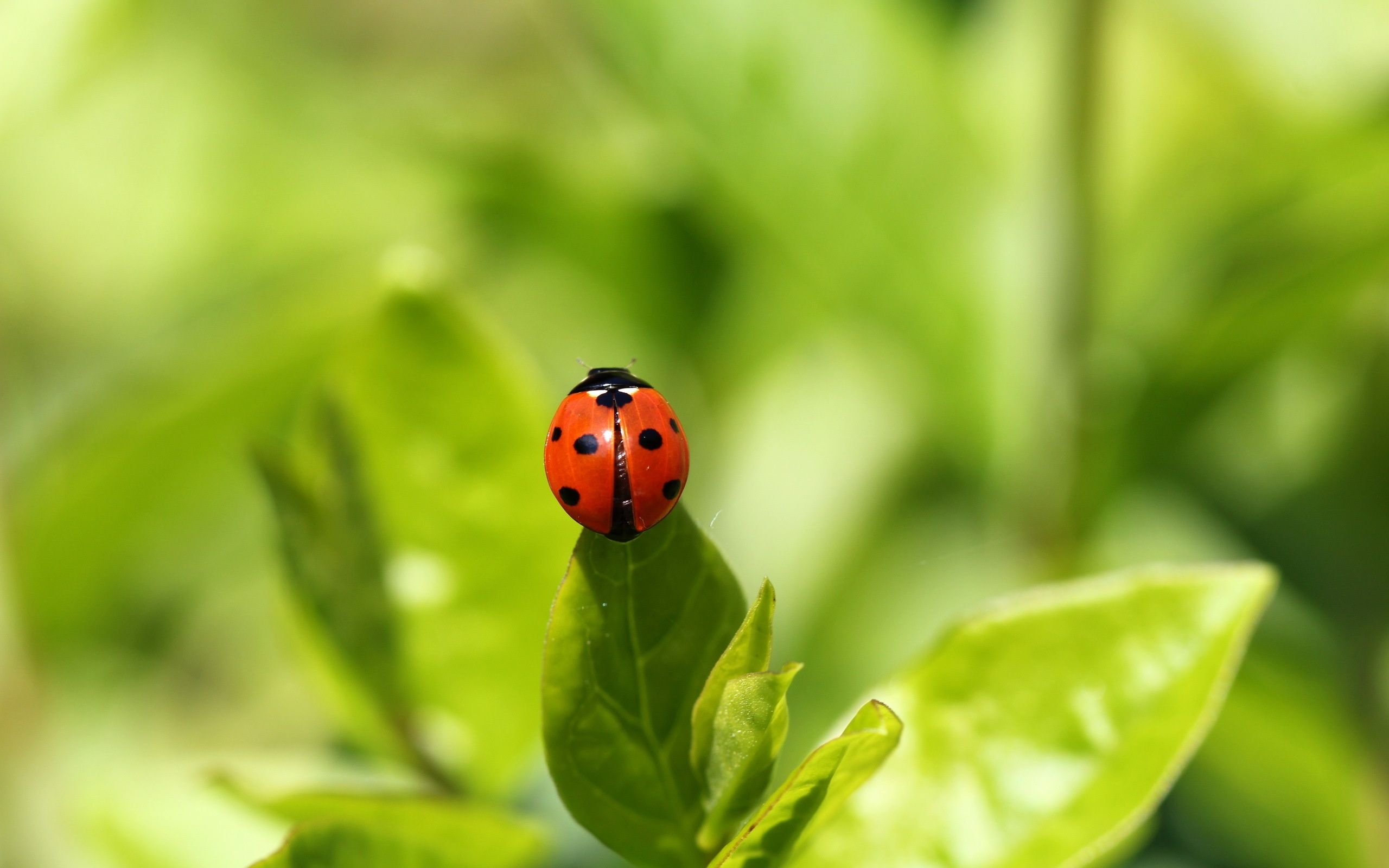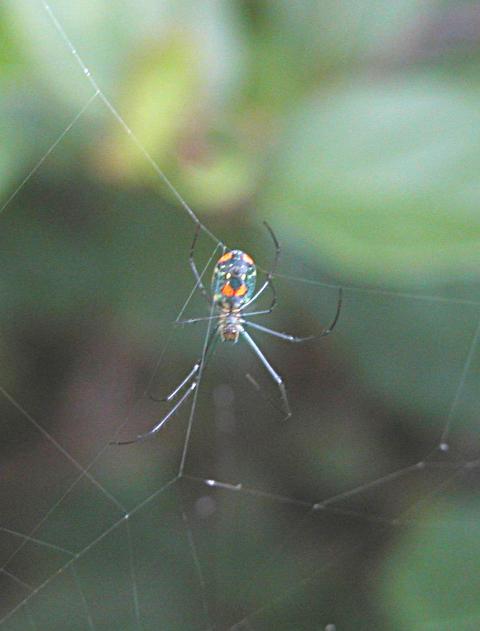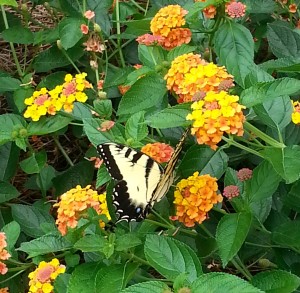I wish that I had started vegetable gardening as a child. I would definitely know a lot more than I do now, having gotten several rookie mistakes out of the way by the time that I hit adolescence. But I also think that I would have the advantage of walking into a wonderland of color and texture and really, truly being able to appreciate it all for what it was rather than trying to control the life out of it.
My garden spiders made me think this way. Last year, I regularly killed any insects in my garden with insecticidal soap. It’s a more environmentally friendly option than insecticides but the end result on little creatures is still the same. Dead.
I know that spiders don’t eat plants, for example, but I didn’t have the time or motivation to research which spiders were venomous or otherwise harmful. It makes me pretty darn sad to think about all of the helpful garden critters that met their doom because of my fear and lack of preparation. If I had been a kid with more time on my hands, I could’ve sat in the garden and watched each insect and how it affected my garden. I would’ve known which were helpful and which were harmful.
This year, I’m more mindful of my garden critters. I’ve discovered a trifecta of goodness: ladybugs, most spiders, and helpful flies (lacewing and dragon). Several of these guys call my garden home. They turn harmful aphids and worms into dinner, eating them before they can destroy my plants’ leaves and fruit. The trifecta of goodness also adds character to my humble garden.
There are few things more charming than having a ladybug land on the plant next to you and watch you while you work in the garden. They’re pretty curious. Sometimes one will land on me and go along for the ride, hopping off when she gets somewhere that seems interesting. Aside from being adorable, ladybugs munch on aphids, mites, different types of larvae and eggs.They were considered divine helpers of the garden, Bugs of Our Lady (The Virgin Mary) and the name was shortened over time to lady bugs.
An article on TreeHugger has some helpful notes for people thinking about buying ladybugs for garden pest control. Many of harvested in the wild and carry parasites and diseases common to their native region. You could be introducing new problems into your garden…and the gardens of your neighbors and wherever else curious ladybugs tend to roam.
The iridescent bodies of orchard orbweavers sparkle in the sunlight. They toil away, often repairing their surprisingly delicate webs after every meal. They work as hard as I do, feasting on anything that flies or jumps into its web.
Dragonflies are similar. The will eat all sorts of flying insects but I particularly like for them to eat flies, gnats and mosquitoes. The sunlight shimmers on their wings, making them seem a lot prettier while they’re sucking the life out of their prey.
The bumblebees and butterflies are back, too! After watching several documentaries on their plight, my husband and I decided to make our home as bee-friendly and butterfly-friendly as possible. I planted sprawling ornamental flowers in the front of my house that the bees and butterflies seem to love. We also purchased wildflower seeds but we’re having a hard time figuring out where to put them so that they don’t spread and drive our neighbors crazy.
In any case, the existing plants seem to make the bees and butterflies happy. I still don’t think that we have as many as we should for the acreage that we have but as the current residents spread the word to their homies, I expect to see more in the future.
I can’t go back to a child’s schedule, having oodles of free time and explore my garden and appreciate the little guys that are doing more work than any insecticidal soap could do. But I can Google.




I love the way ladybirds just turn up when we need them!